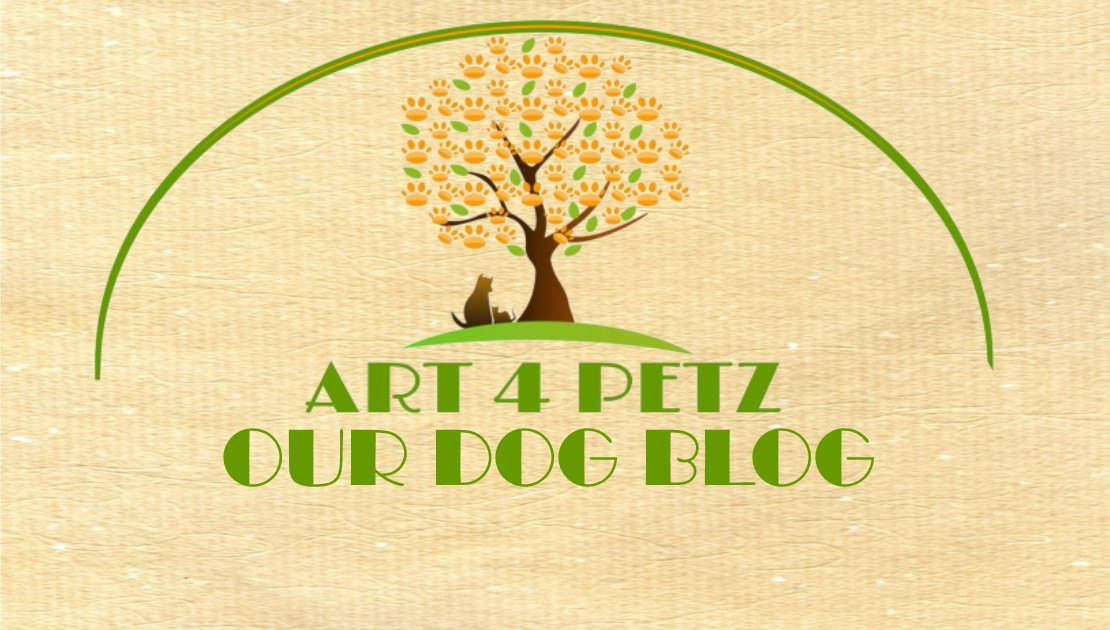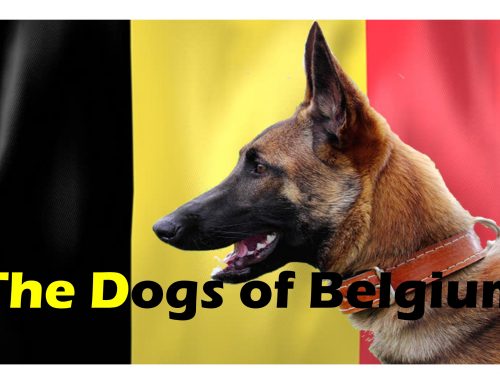
The move to encouraging adoption over purchasing a dog is one of the best things that could have ever happened to homeless pets, but there are potential issues that come with adopting. At the top of the list is that we often don’t know the circumstance in which the dog was abandoned. Was it abused? Was it neglected? Often, we just don’t know.
Responsible rescues do their best to evaluate each dog they take in but there is always that unknown, and you need to be prepared to deal with whatever behaviors reveal themselves once you bring your fur baby home. You’ve made a commitment to a living soul and your love and guidance is needed to help your new family member become an adjusted part of your pack.
Keep in mind, even if you buy a puppy from a reputable breeder, they still need training, socialization and discipline so they do not develop agressive behaviors down the road.
On Cesar Milan’s Blog “Cesars Way”, the number one reason dogs are given up to shelters is lack of training! he says, ” Many people get a dog without realizing how much training is involved. Dogs do not come trained. They need diligent leaders who are willing to put in the hours setting rules, boundaries, and limitations, and spending time teaching them commands.
Puppies do not come housebroken and must be taught to go to the bathroom outside. People fail to take this into account when bringing home a dog and ignore problems, which often lead to behavioral issues. Shelters are filled with dogs that have potty training, socialization, and obedience issues, all of which could have been prevented through proper training.” “Reasons Dogs End Up in Shelters” – Source
In this guide, you’ll find out what causes aggression, how it usually manifests, and, most importantly, how to prevent it.

What is Dog Aggression?
When we talk about dog aggression, most immediately think of a dog biting, but there are different types of aggression. Some dogs demonstrate aggression as growling or posturing, but they never take it far enough to be dangerous. Then there are the true delinquents, who just cannot be trusted around people or other dogs. If your dog exhibits any signs of aggression, it’s important to understand the source of the triggers that prompted the behavior. Some common signs of aggression in dogs include:
- Growling
- Aggressive Barking
- Baring of teeth
- Snarling
- Lunging
- Ears pinned back
- Erect and stiff body posture

Types of Triggers in Dog Aggression
Dogs don’t generally become aggressive for no reason and to really understand how to stop your dog’s aggression you need to know what triggers that behavior. The primary reason your dog can react to stimuli in this way is a lack of proper socialization and training, but there are other underlying causes as well. Your dog could:
- Be feeling fearful or anxious
- Be feeling protective of themselves or others
- Be in pain or discomfort
- Have an underlying illness
- Be asserting dominance
- Be protecting territory, possessions or food
- Have past traumas and neglect
- Have leash aggression
- Be reacting to thunder, lightning or fireworks
To understand what exactly motivates your dog’s behavior, and how to prevent and treat your pup’s aggression, determining the type of dog aggression your dog is exhibiting is essential.

Dog Aggression Towards People and Other Dogs
Obviously, the best way to prevent such behavior is to train your dog not to do it in the first place and make sure your dog is in a secured yard, at home, or on a leash. It’s important to identify if there is a certain type of person or dog that your dog responds aggressively toward. Is it mostly men? Or women? Or the mailman? Does your dog get aggressive when someone comes to your front door? Is your dog aggressive toward certain dogs when on a leash?
Desensitization and socialization training and using positive reinforcement when your dog behaves in the correct way is your best solution.
There is another tool that can be used that can dramatically curb your dog’s aggressive inclinations.
Read my Blog – The Ultimate Solution to Quickly Stopping Bad Behavior in Dogs! This can be used as a stand-alone tool, but it never takes the place of socialization and formal training.
What You Can Do Now
Make a list of your dog’s triggers. What specific stimuli does your dog respond to? Be as specific as possible. Then you need to estimate your dog’s threshold. Think of the last time your dog reacted aggressively towards each specific trigger. How far away where you and your dog from that trigger? Were you 10 feet apart? Were you across the street? Try to stay outside the boundaries of those triggers so you can see how your dog reacts at a further distance.
My female rescue, Bella, who is 75% Great Pyrenees, was abused as a puppy by a backyard breeder. When I started walking her on a leash, she demonstrated leash aggression but only toward particular dogs in our neighborhood and only if she was at a closer distance from that dog. So, by walking her every day on a wider street, she still encounters other dogs but is generally calm and nonaggressive on our walks.
When she does demonstrate leash aggression, I make her sit until she is calm. This hardwires her brain to be less fearful which I believe is where her aggression comes from. Fearful aggression makes Bella want to dominate so she feels she’s in control. She is slowly learning that she doesn’t need to be.
Change Your Own Behavior
As Cesar Millan says, “I rehabilitate dogs and I train people because probably 99.9% of dog misbehaviors happen when their humans create the misbehavior accidentally or fail to let the dog be a dog. Practice exercise, discipline, and affection. In that order.”
As a dog owner you need to establish yourself as alpha, or head of the pack. Your dog needs to know that you are in charge. It is also important to maintain a calm, positive emotional state around your dog because they’re able to pick up your uncertainty, fear, and nervousness, and they will act out on it.
One of the most important things you can do is make sure your dog gets plenty of exercise. Exercising your dog before a training session is highly recommended as the dog will be more relaxed and able to learn faster without as many distractions.
Cesar’s Five Pack Leadership Techniques to Follow:
- Project calm and assertive energy
- Provide exercise, discipline, and affection
- Provide rules, boundries, and limitations
- Master the walk
- Read your dog’s body language
“Be the Pack Leader” – Source

Five Precautions You May Need to Take
- Bring a deterrent on your walks. Some people have used a bitter spray in a bottle, but one of the best I have found was suggested to me by my dog behaviorist here in San Diego, Ben Davidson with “Devotion to Dogs”. He recommended I get a “Pet Convincer II” by Canine Innovations. When the handle is pushed it emits a strong blast of air from a cartridge that can startle a dog, which should stop the behavior. It is a comfort to carry this with me on my walks. Source.
- Utilize baby gates and barriers. If your dog gets excited or aggressive when guests come over, baby gates are a great way of separating your dog from guests as well as other pets.
- Crate train your dog. Crate training is a very effective overall way of keeping your dog calm, protected and safely away from your guests while they are visiting.
- By a strong, well fitted, escape-proof harness. A well fitted dog harness can give you a lot more control over your dog the simple leash and collar.
- Muzzle train your dog. I do have to say that I’m not that fond of putting a muzzle on a dog, but it’s an absolute must if your dog has snapped or attempted to bite someone. The very last thing you want is for someone to sue you or demand you have your dog put down because they exhibited aggressive behavior toward a person.

The Myth of Predisposed Aggression in Certain Dog Breeds
The most prevalent misconception about dog breeds is that some have more aggressive tendencies. I’m sure you’ve heard many people touting that dog such as Pitbulls, Rottweilers and Doberman Pinscher’s are dangerous and can bite someone unprovoked. Scientists have proven this to be false so it’s simply not true!
The only factors that contribute to aggressive behavior are generally biological in nature or due to a dogs age and sex. For example, a dog that is not socialized, un-neutered, becoming sexually mature, might be more prone to aggressive outbursts then a spayed female of the same species.
The true solution to preventing dog aggression is extensive socialization, proper formal training, and lots and lots of love. Breed has nothing to do with it.
When it’s all said and done, underneath the growling and snapping, your dog might just be scared, and poorly socialized. When given the opportunity most any aggressive or nervous behavior can be changed for the better.
Whichever ends up being the right choice for you and your dog please remember, they rely on you for love discipline and guidance. Please don’t let them down.






